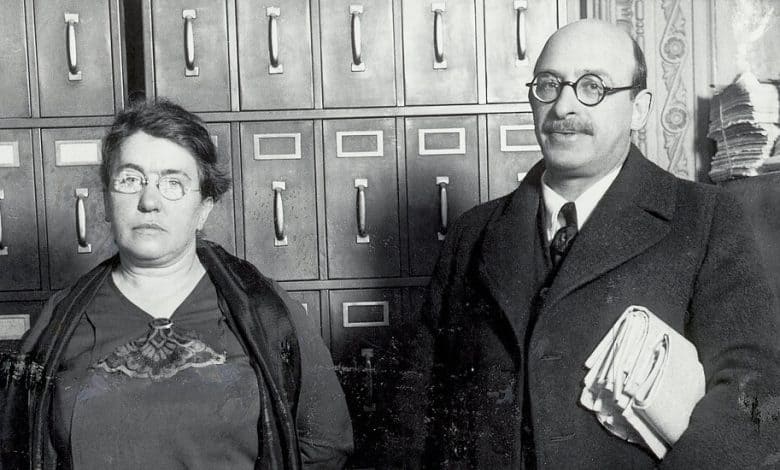When Anarchists Were Public Enemy Number One

THE INFERNAL MACHINE: A True Story of Dynamite, Terror, and the Rise of the Modern Detective, by Steven Johnson
The old-time image of an anarchist that has long been fixed in popular imagination is of a guy with wild hair and a deranged smile, holding a circular bomb with a lit fuse. Alexander Berkman and Emma Goldman looked nothing like that. Photographs of them from more than a century ago show them to be quite proper and well dressed; they could have been any elegant couple decked out for a stroll along Fifth Avenue.
But Berkman and the better-known Goldman, onetime lovers born in the Russian Empire, were indeed anarchists, believing in a society without leaders, one rooted in an egalitarian spirit, free of the top-down organization that has defined governance for, oh, only forever. Sure, many anarchists were unruly: In their heyday, roughly from 1880 to 1920, they went around blowing things up, employing the dynamite invented by a Swedish gent, Alfred Nobel, whose name now graces the world’s most coveted peace prize.
Berkman and Goldman figure prominently in Steven Johnson’s latest book, titled “The Infernal Machine,” which was also what the anarchists’ bomb came to be called. Berkman served 14 years in prison for trying, unsuccessfully, to kill the industrialist Henry Clay Frick. In hopes of raising money for the cause, Goldman resorted, briefly and also unsuccessfully, to prostitution. Ultimately, in late 1919, they and 247 other so-called “undesirables” were deported to newly communist Russia, a country, they would soon learn, that had hardly been transformed into a workers’ paradise.
Just before their ship sailed from New York, Goldman happened to come face to face with a young man then up-and-coming in federal law enforcement. “Haven’t I given you a square deal, Miss Goldman?” the man, J. Edgar Hoover, asked her. Not one to be nonplused, Goldman replied, “Oh, I suppose you have given me as square a deal as you could. We shouldn’t expect from any person something beyond his capacity.”
This well-researched book by Johnson, the author of numerous best sellers, including “The Ghost Map,” proceeds along dual tracks. One follows Goldman, Berkman and an array of other anarchists who may be unfamiliar to latter-day readers, including yet another Russia-born theorist, Peter Kropotkin. The other track limns the rise of a federal bureaucracy committed to beating back the perceived threat to order. As Johnson shows, the effort relied significantly on advances in police procedures that are now taken for granted but were nascent at the turn of the last century, be they fingerprinting, wiretapping or a more expansive concept of police professionalism.
